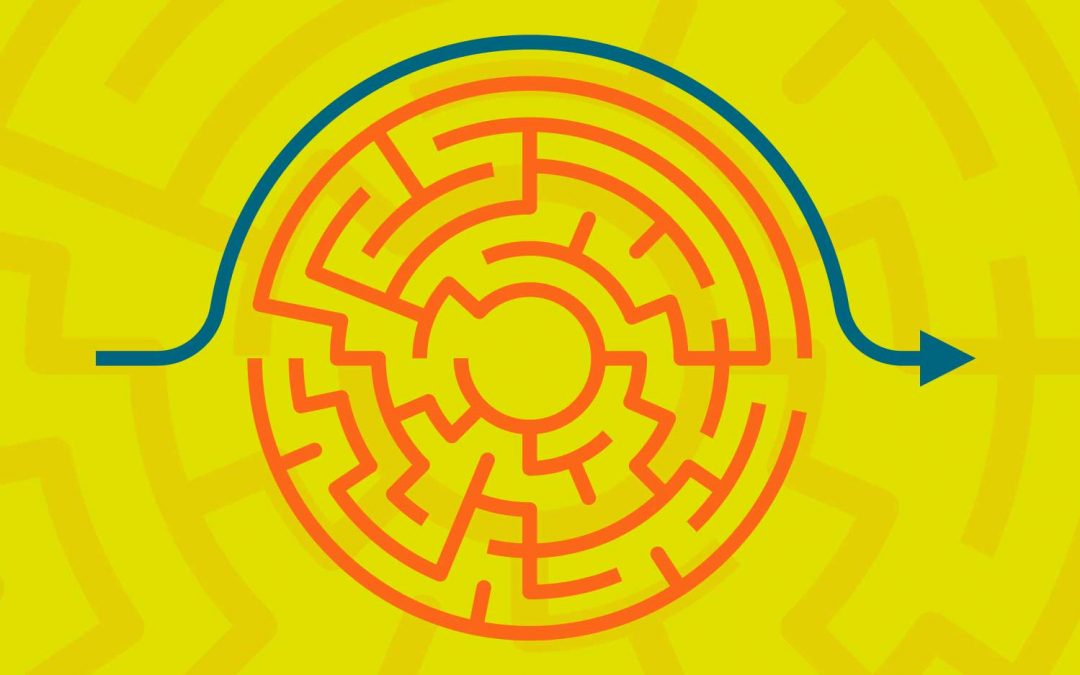Remember Rosie Ruiz, the New York marathon contestant who was disqualified when race officials determined that she rode the subway for part of the route? She had previously won the Boston Marathon without even breaking a sweat, literally, because unbeknownst to those officials, she did not join the race until the 25th mile.
It’s tempting to take shortcuts, in competitions and in business, but if you want to be a real winner, you must put in the effort to go the distance.
New product explosion
We’re living in exciting times for new products. According to data from the U.S. government, there were more than 20,000 new food and beverage items launched in 2016, with countless delicious offerings in every category.
Which products will make it?
The new product failure rate is high, as much as 80 to 90 percent for packaged foods. There are any number of reasons, from production issues to bad timing, but one of the most baffling reasons is when brands try to grow too big, too fast. You say you’re in 1,800 Kroger stores, and you’re on the shelf in 15 states? That’s great. But what are you doing to ensure you stay there?
“Get big, fast” is the mantra for start-ups in the tech industry, but if you’re trying to sell a new product at grocery stores, rapid growth through wide distribution, without concurrent brand-building support, can actually hasten your demise.
Think about it. The average grocery store stocks 40,000 to 50,000 products, and they need those products to be winners. Products with staying power have invested the time, energy and money to build brand equity, because it is brand equity that attracts loyal consumers and generates repeat sales. And we all know that if you aren’t posting strong sales, your product will get booted off the shelf, jeopardizing your chances for long term success.
I get that brand marketers (and their investors) want to see results as quickly as possible, and they can be seduced by the prospect of a “wide, but shallow’ distribution approach and a sales process that is less labor intensive. But this kind of success may be short lived.
Most emerging brands would do better by going “narrow and deep,” with a focused and targeted approach to reach and cultivate a loyal user base based on lifestyle relevance. This may mean limiting your efforts to a smaller footprint/geographic area or vertical market or nurturing a specific retailer’s shoppers in a reachable and cost-effective way. It takes a bit longer, but once you’re established, you can expand and scale up to the next level. Brands built with staying power are brands that are in it for the long run.

